Beauty and the Beast:
Wildflowers and climate change
How is climate change impacting wildflower ecosystems on our public lands? What will be lost?
Share This Post:
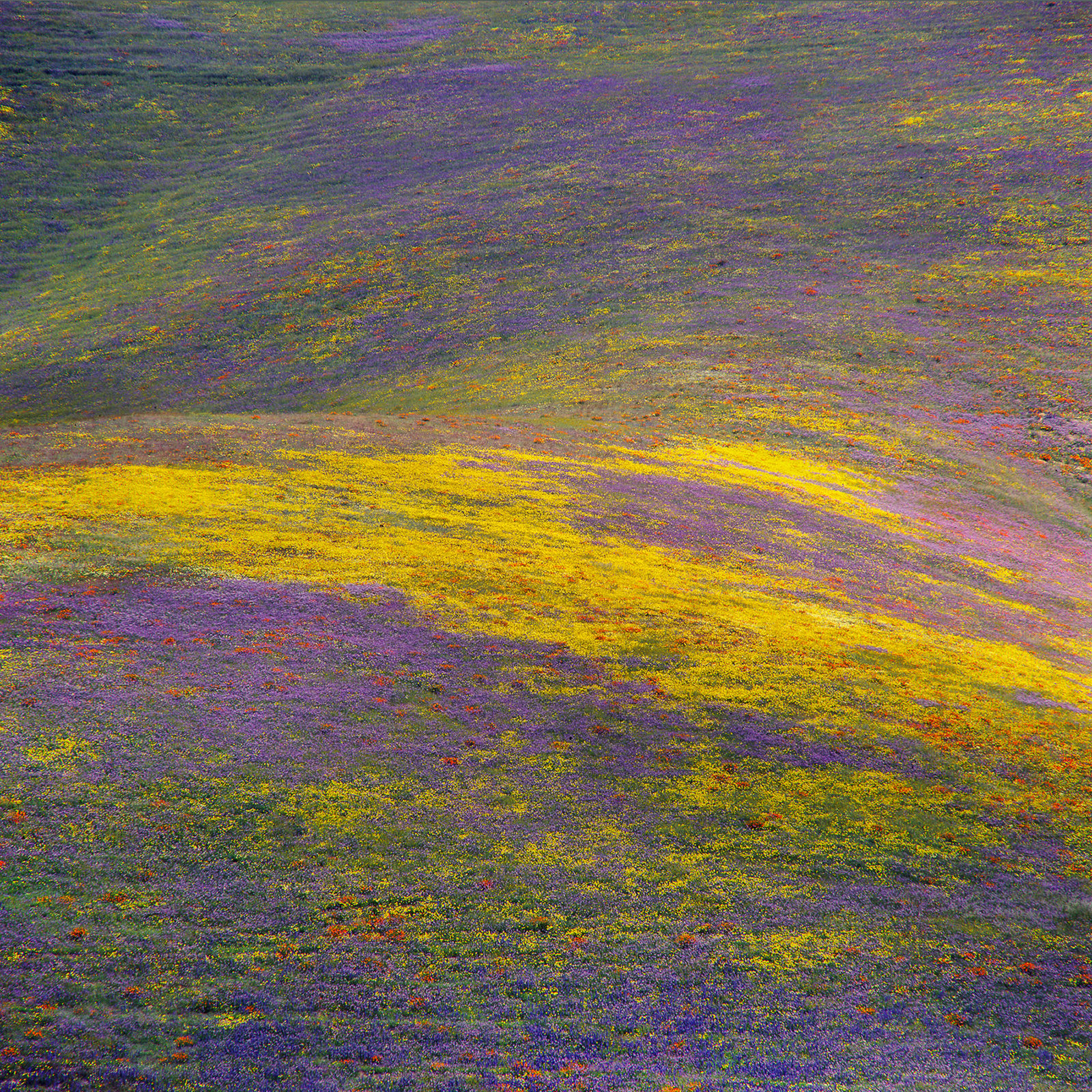
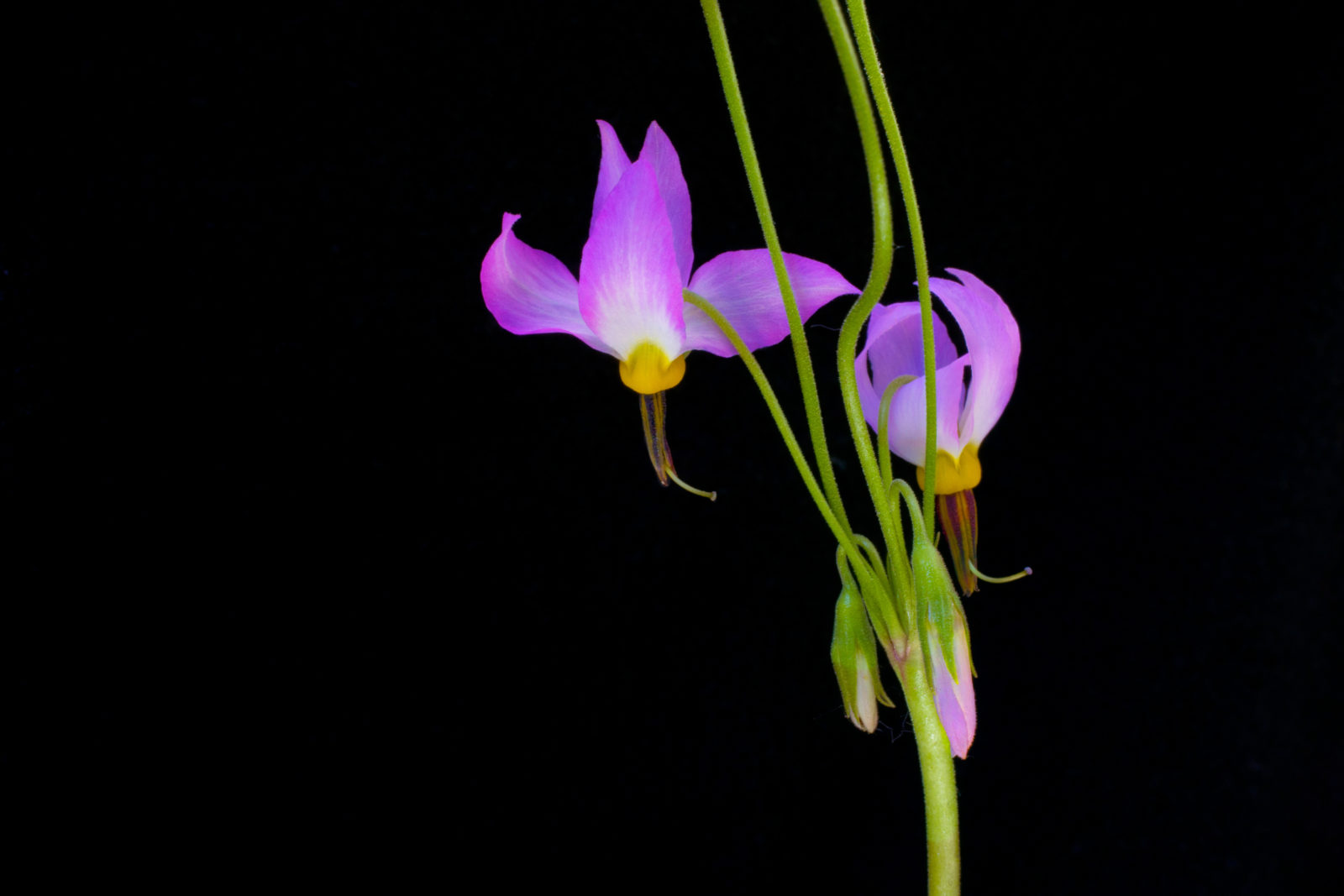
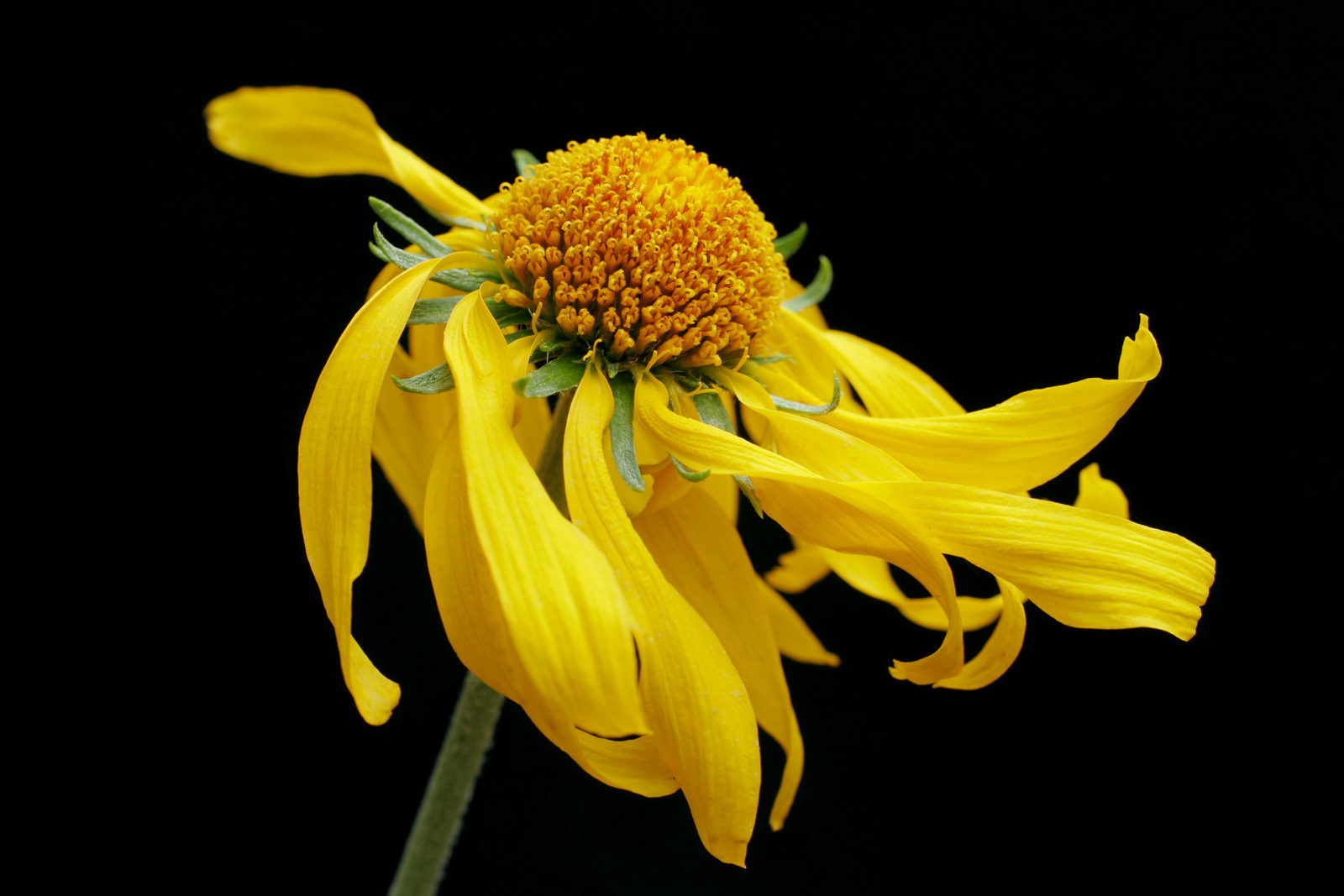
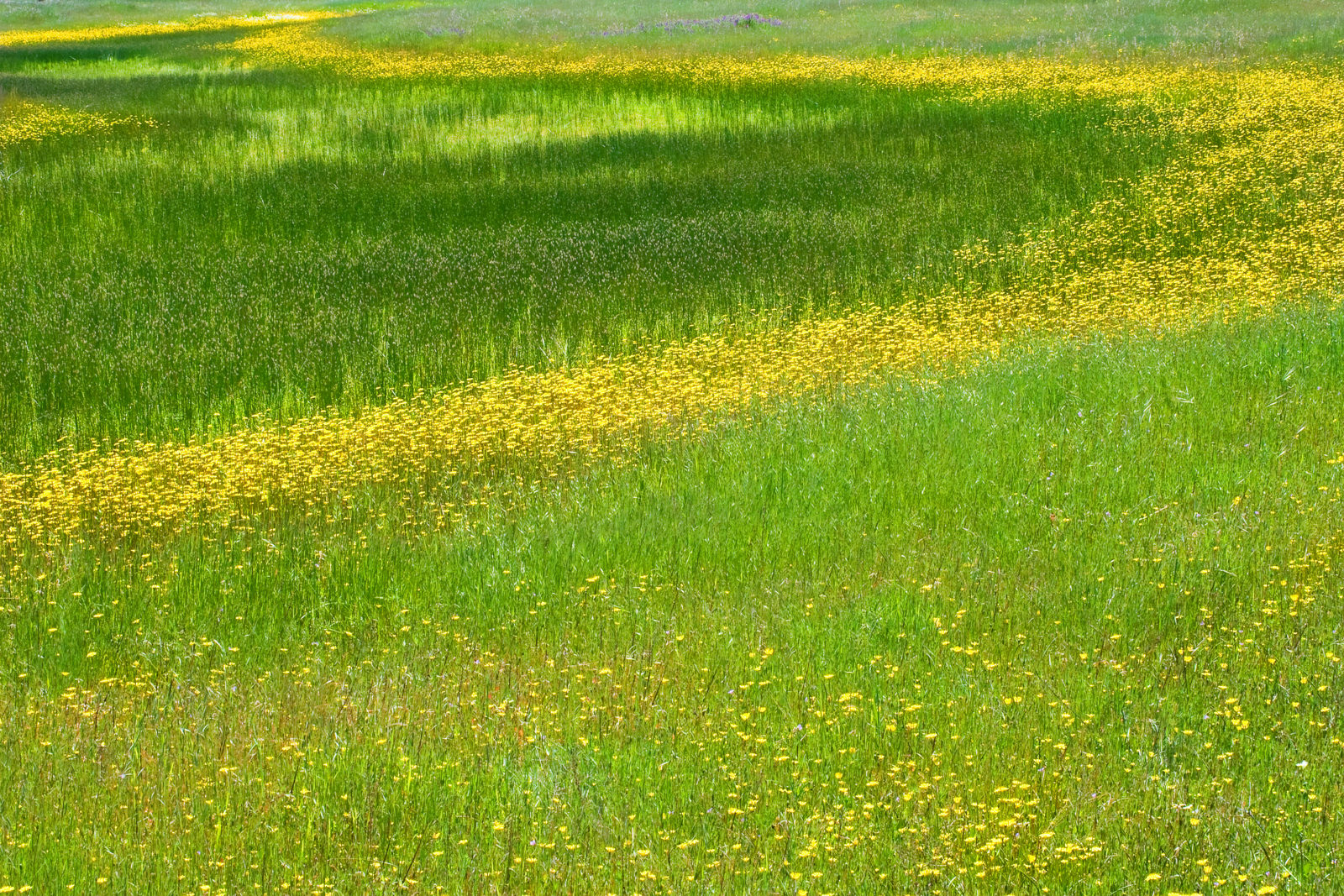
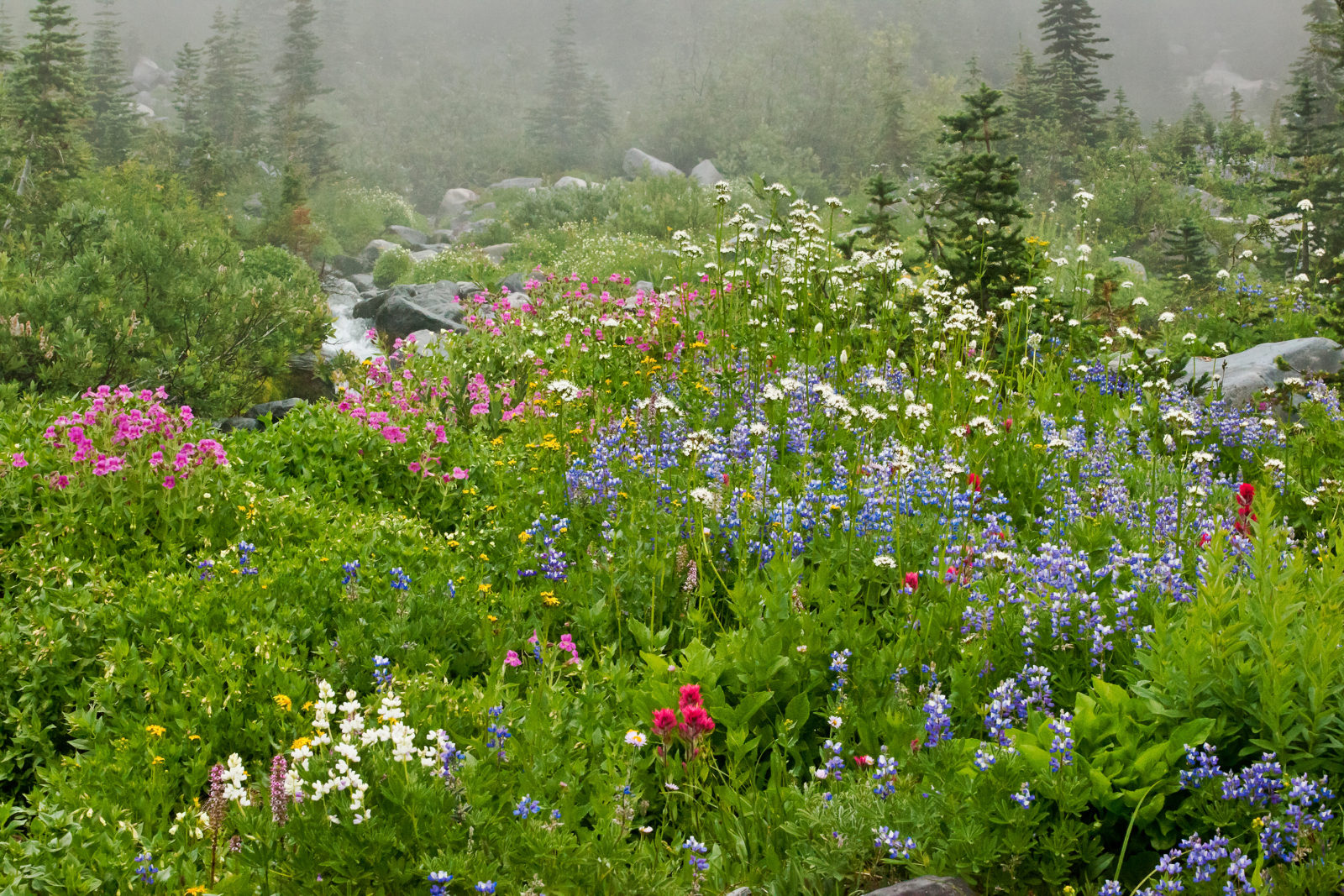
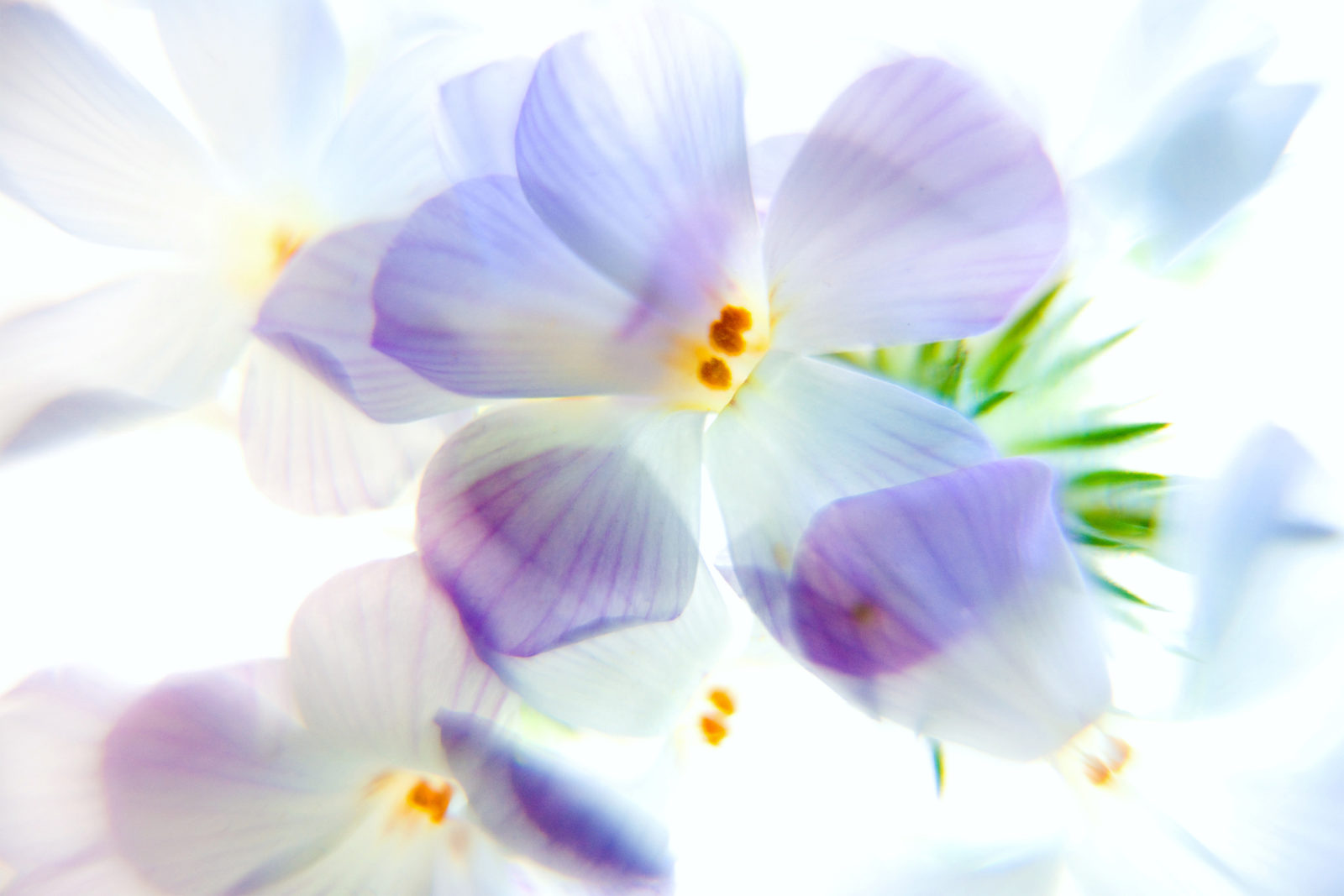
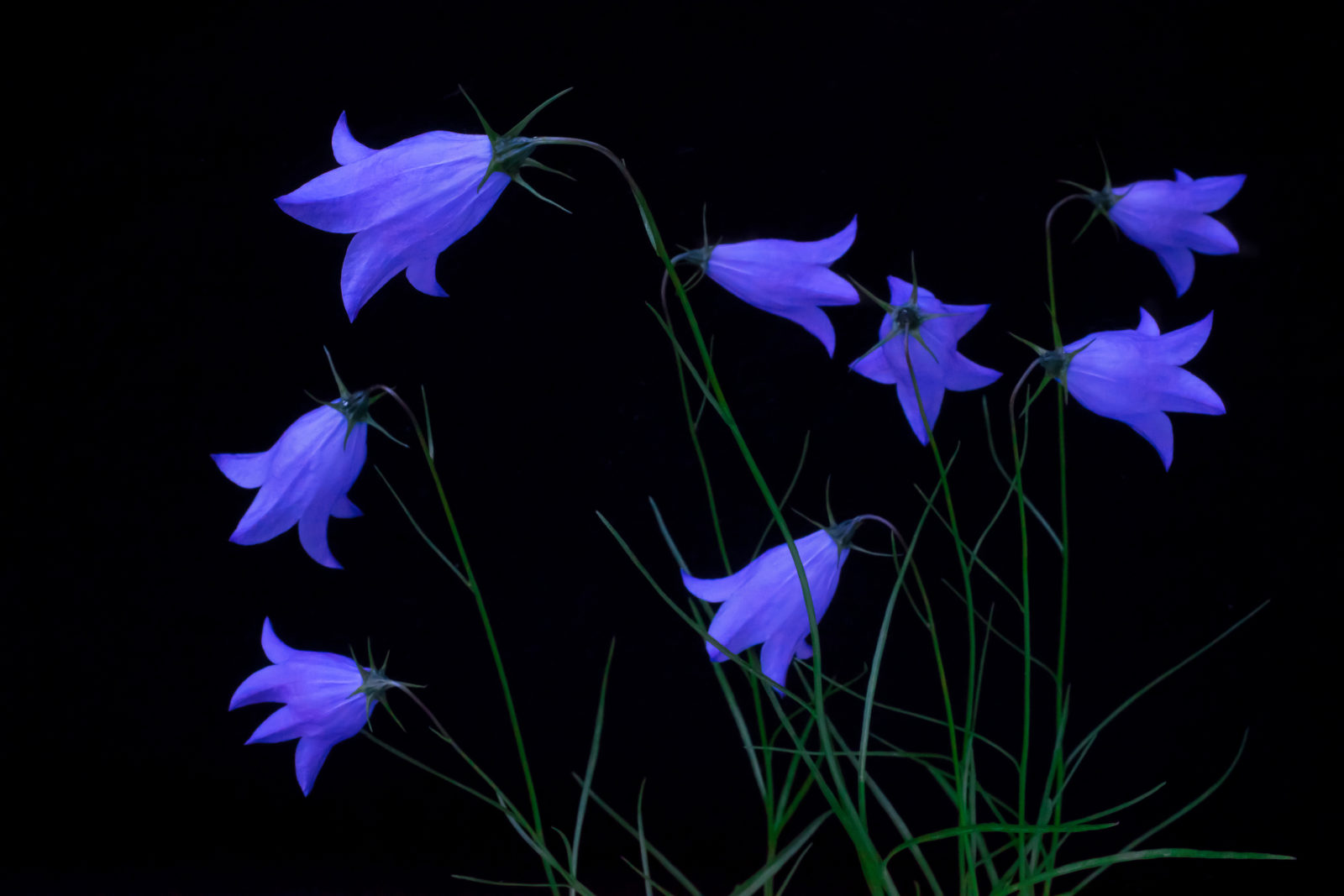
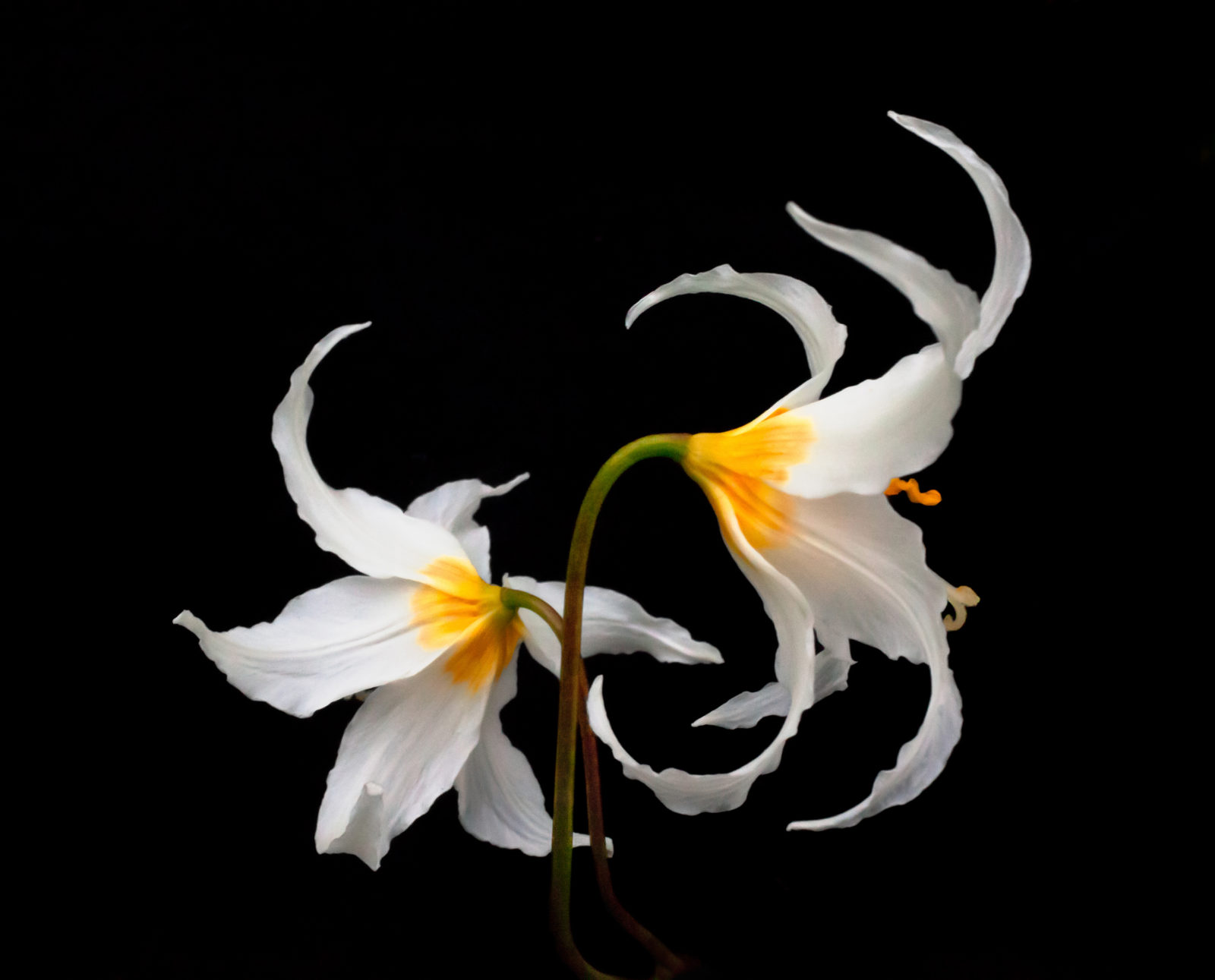
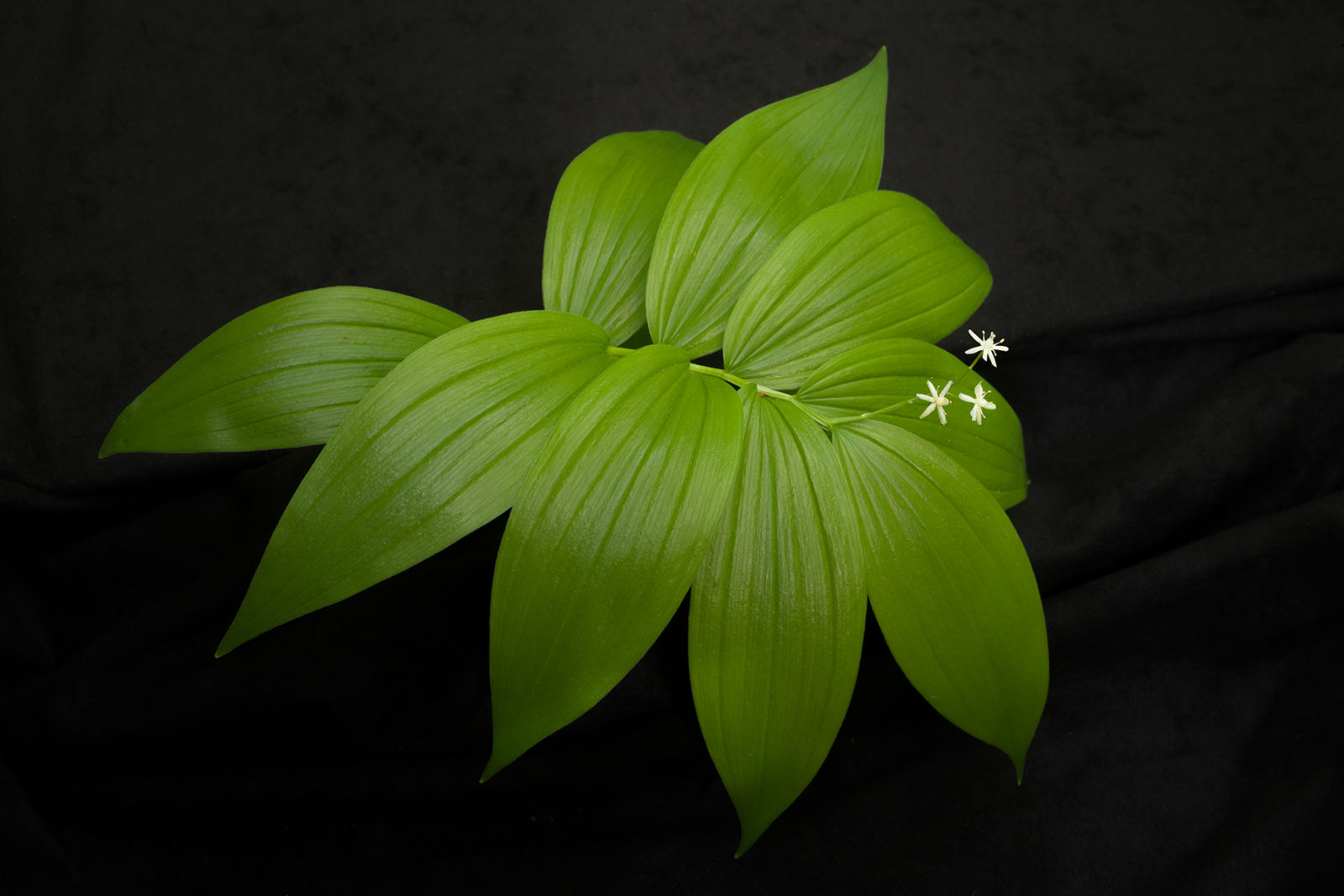
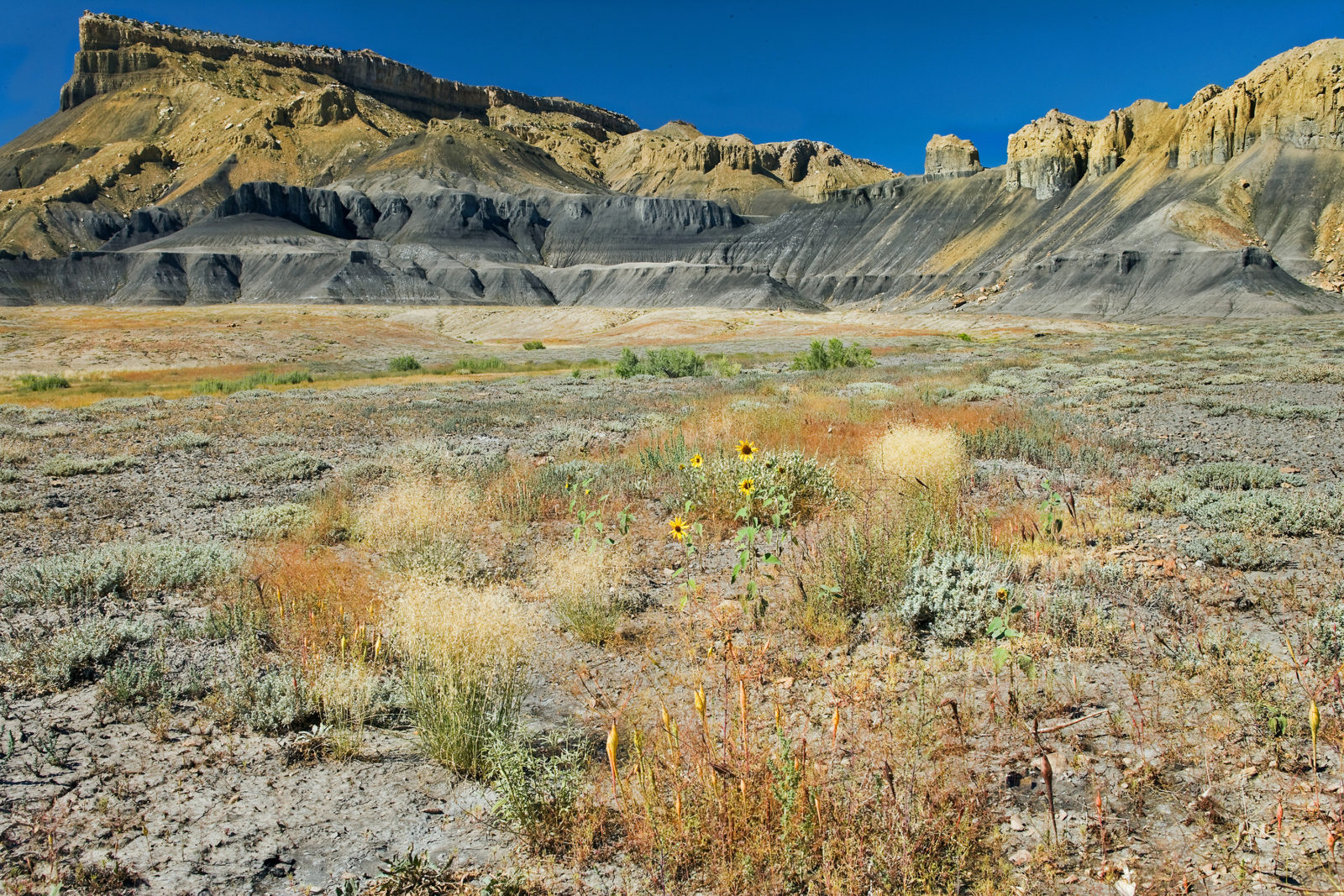
About Beauty and the Beast: Wildflowers and climate change
Record breaking rains during the 1998 West Coast “El Nino” climate event created a truly spectacular “100 Year” Bloom in America’s deserts. Our project began that year, and since that time we have documented wildflower environments from below sea level in Death Valley National Park (California) to the high alpine “rock gardens” above 13,000 feet in Colorado’s Rocky Mountains. We have recorded “50 Year” and “100 Year” Blooms in deserts and mountains of the American West that defy description.
Our story addresses climate change and its effect on a universal symbol of beauty, the wildflower. It is about the diverse and delicately balanced ecosystems supporting spectacular explosions of Nature’s color. In the past this occurrence of abundant of beauty and life had reliably returned each spring to our public lands. These habitats are being invaded by both non-local and non-native species, and being altered by climatic conditions alien to their region. As heat moves into the higher altitudes and latitudes, changes are happening more quickly and more dramatically than anticipated. Species and ecosystem extinction is poised on the horizon.
The land and air are heating up, and earlier. The timing of regularly occurring, seasonal events interacting with climate (phenology: literally, the science of appearance), such as snow melt, last frost, leafing, flowering, pollination, and migration, are increasingly out of synch. Some buds emerge too early and are frost killed, producing no seeds for the next generation. Although climate models cannot accurately predict what species (plants, animals and insects) can adapt or migrate quickly enough to survive, some projections say we may loose from 20% to 30% of native plant species by the end of the century if we don’t reduce the impacts of climate warming.
